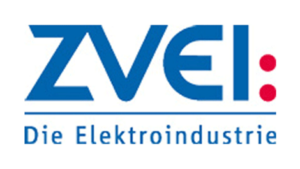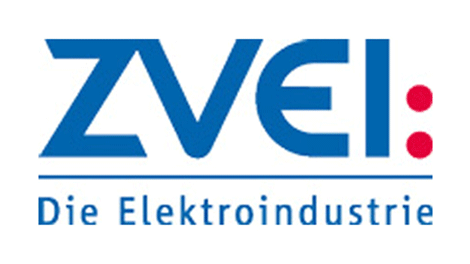ZVEI – German electrical and digital industry invests in Germany – despite difficult location conditions

- Ad hoc survey shows: Biggest obstacles are bureaucracy, tax burden and energy
- Industry calls for electricity price relief for all – industry and consumers
In the middle of the week, the Federal Network Agency announced that it would increase the equity rate for electricity and gas network operators.
“This step is the right thing to do, so that network operators finally invest more in the expansion and, in particular, the digitization of electricity networks,” said Wolfgang Weber, Chairman of the ZVEI Executive Board.
At the same time, however, it meant that grid fees and thus the price of electricity will continue to rise.
“It is all the more important now that the electricity price is finally relieved of existing levies and charges, such as the concession levy, and that the electricity tax is reduced to European minimum levels,” Weber continued.
This applies to all consumers – private households and industry alike. Seven out of ten companies in the German electrical and digital industry complained in a recent ZVEI member survey that electricity costs represent a noticeable competitive burden for them. Seven out of ten companies also called for a reduction in electricity prices across the board.
Weber: “That’s why the German government must also work on expanding the supply of electricity and exploiting flexibility potential through new electricity supply contracts, so-called power purchase agreements, and variable tariffs, so that electricity prices are further curbed.”
This is because companies want to invest – despite increasingly poor site conditions. Nine out of ten companies believe that the quality of Germany as a competitive location has deteriorated over the past five years. According to the member survey, the reasons for this are excessive bureaucracy, high burdens from taxes and levies, and uncertainties about electricity costs and security of supply.
“Companies are suffering from a regulatory tsunami and excessively slow approval and planning processes. In addition: Not only electricity, but also taxes are among the highest in our country compared to other countries,” Weber explains.
“Yet companies are fundamentally willing to invest and thus secure Germany’s competitiveness as a business location.”
For example, 75 percent of companies plan to invest at least as much as in the previous year or even more in the current year. More than two-thirds intend to invest primarily in Germany (71%).
“Politicians should support this will instead of creating further hurdles,” Weber demands. There is a need to accelerate to the much-cited ‘Germany speed’, he says.
Overregulation slows down innovation
According to the ZVEI member survey, nine out of ten companies in the electrical and digital industry complain about rampant bureaucracy, which is detrimental to innovation and progress and endangers the local and European industrial location. Skilled workers, who are already in short supply, would increasingly have to worry about compliance guidelines instead of developing new products and services and thus increasing productivity.
“Whether it’s a product passport or a shared data room and more, policymakers must once again offer companies more room to maneuver and adopt a risk-based rather than precaution-based approach to regulation,” Weber said.
Therefore, he says, the bureaucratic and regulatory overbuilding of almost any entrepreneurial initiative must be stopped.
139 companies in the electrical and digital industries took part in the ZVEI member survey at the end of May 2023. They represent annual sales of over 40 billion euros.
EMR Analysis
More information on ZVEI: See the full profile on EMR Executive Services
More information on Wolfgang Weber (Chairman of the Executive Board, ZVEI): See the full profile on EMR Executive Services
EMR Additional Notes:
- Grid, Microgrids and DERs:
- The power grid is a network for delivering electricity to consumers. The power grid includes generator stations, transmission lines and towers, and individual consumer distribution lines.
- The grid constantly balances the supply and demand for the energy that powers everything from industry to household appliances.
- Electric grids perform three major functions: power generation, transmission, and distribution.
- A microgrid is a small-scale power grid that can operate independently or collaboratively with other small power grids. The practice of using microgrids is known as distributed, dispersed, decentralized, district or embedded energy production.
- Smart Grid is any electrical grid + IT at all levels . Micro Grid is a group of interconnected loads and DERs (Distributed energy resources) within a clearly defined electrical and geographical boundaries witch acts as a single controllable entity with respect to the main grid.
- Distributed energy resources (DERs) are small-scale electricity supply (typically in the range of 3 kW to 50 MW) or demand resources that are interconnected to the electric grid. They are power generation resources and are usually located close to load centers, and can be used individually or in aggregate to provide value to the grid.
- Common examples of DERs include rooftop solar PV units, natural gas turbines, microturbines, wind turbines, biomass generators, fuel cells, tri-generation units, battery storage, electric vehicles (EV) and EV chargers, and demand response applications.

